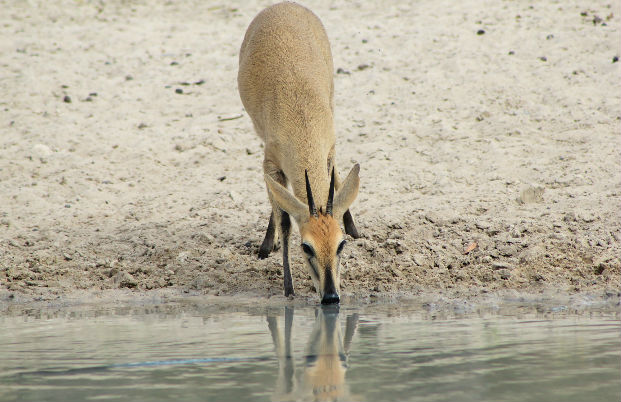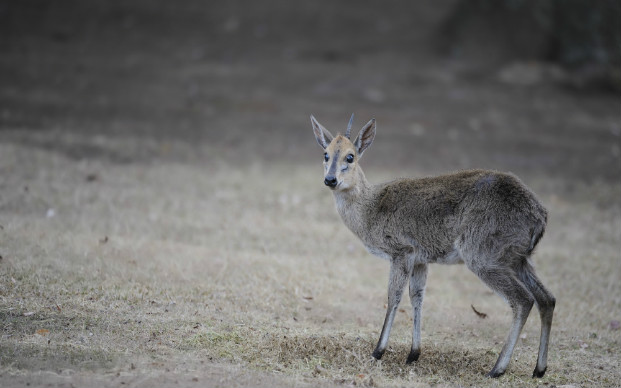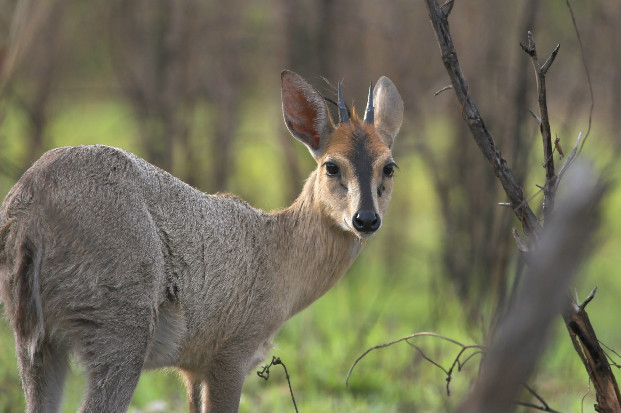
A small antelope standing just 50 cm at the shoulder. The male has a small set of horns although in some areas it is common for females also to possess a pair. The name comes from their zig-zag running style when they escape danger. A very successful mammal given its ability to adapt to a wide range of food and habitat types.
Vote for the fact you find most fascinating
Little is known about the common duiker’s social life so more research is needed before we can say whether they are or are not monogamous and territorial.
The male common duiker has a small pair of horns but in some areas it is common for the females to possess them too.
The common duiker uses a pair of glands under its eyes for scent marking with a tarry secretion.
Some African rock pythons have died when their stomachs have been pierced by the horns of male duikers after they have swallowed them whole.
Duikers run with a distinctive darting and diving style when they flee danger. This gives rise to its common name which is the Afrikaans for “diver”.
Whilst duikers predominantly eat leaves some unusual items have been found in their diet including baby birds and small rodents. It’s not known whether these are eaten by accident or as a protein supplement.
The common duiker will stand on its hind feet to reach high into fruiting bushes.
It is thought that there are 8 different races of common duiker. This varied coloration may enable them to match the habitats specific to their location.








